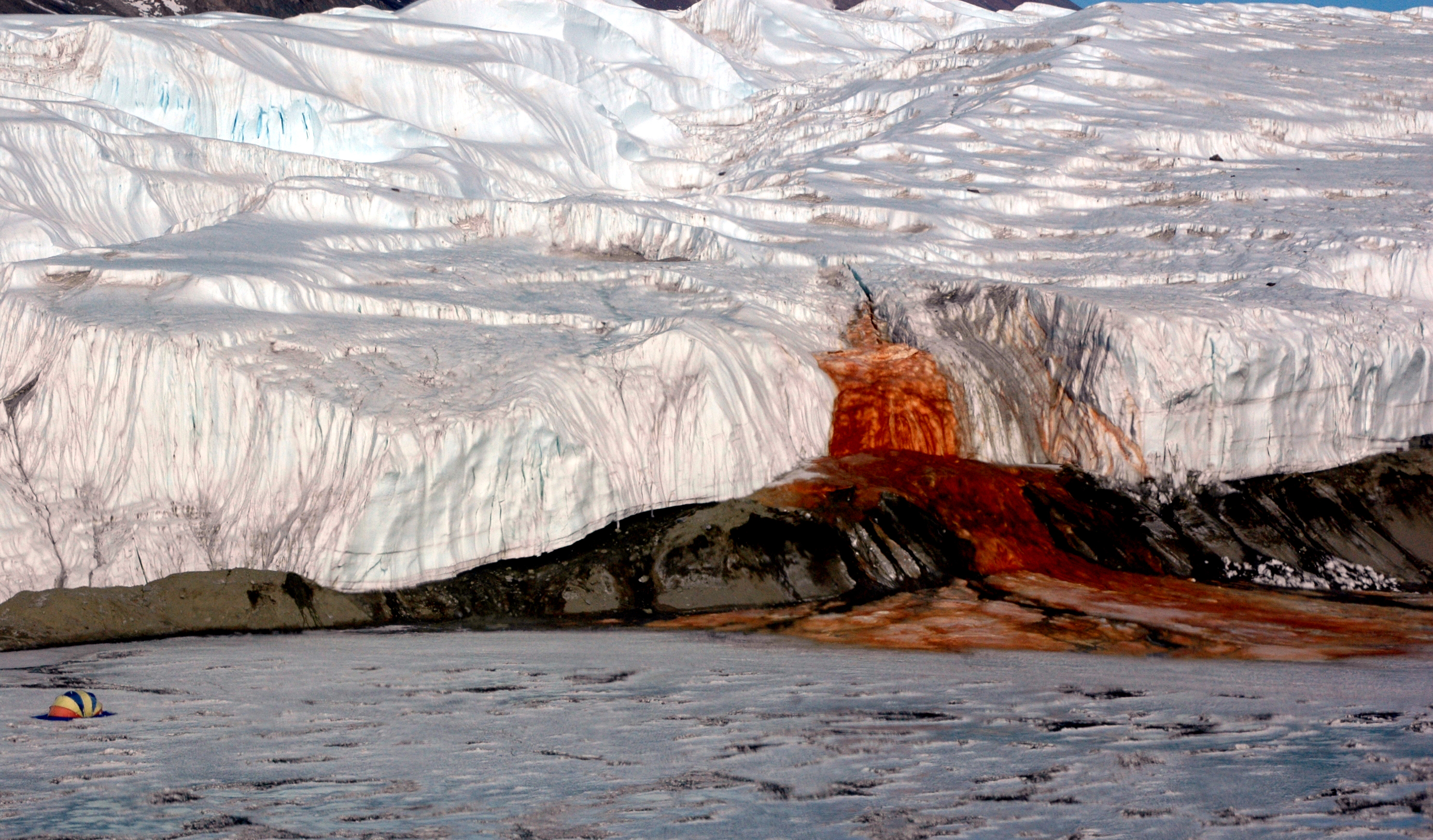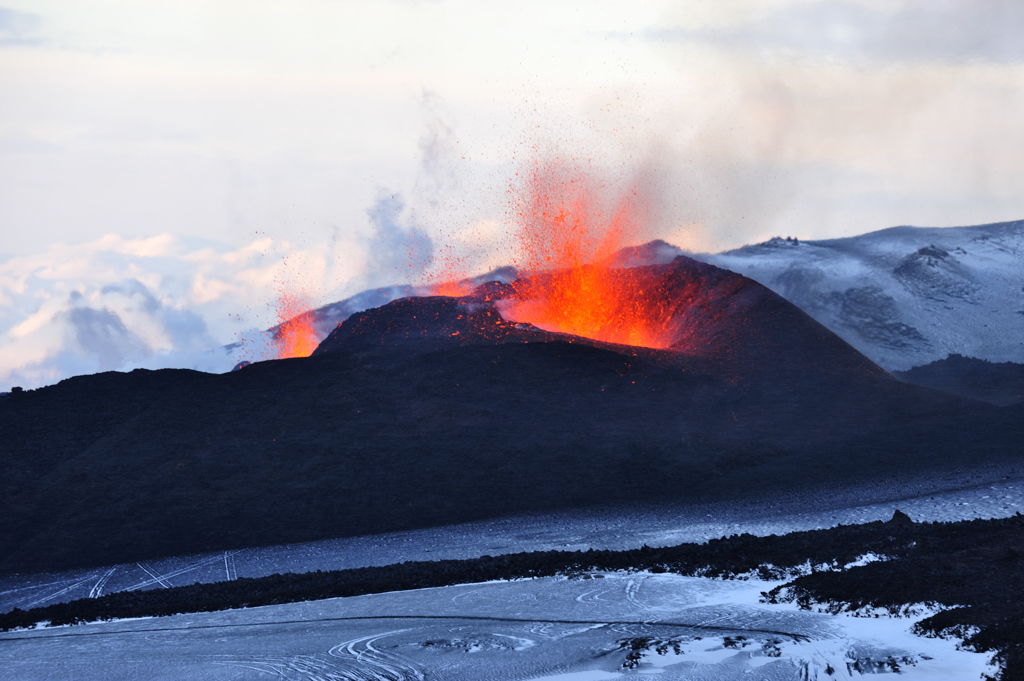| Abandoned buildings at Salton Sea |
Unfortunately, there have been several major die-offs for both the birds and the fish of the Salton Sea. And there is much controversy surrounding the cause of these die-offs.
The Salton Sea lies in a natural basin called the Salton Basin or the Salton Trough. This basin is very close to the Colorado River and it is easy for water in the area to drain into the basin because it is so far below sea level. The Salton Basin has been filled with water off and on as far back as 700 A.D. It was most recently filled in 1905.
In 1905 an irrigation canal headworks on the Colorado River broke and the river began pouring into the Salton Basin. Unfortunately, the town of Salton and some Native American land were submerged by the in-flowing water. Luckily, the area was not highly developed and all escaped what could have been a major disaster. Engineers were unable to fix the break immediately and so the Colorado River continued to pour into the Salton Basin for more than a year. Thus, the Salton Sea, as we know it today, was born. It is currently around 45 miles long and 20 miles wide.
The area of the Salton Sea has natural salt deposits and the Colorado River is relatively salty itself. Therefore, when the river poured into the basin and dissolved some of the natural salt, the Salton Basin became a salt lake. In fact, it is currently 25% saltier than ocean water because some of the water that flows in today is also salty. Because it is roughly 227 feet below sea level, no water flows out of the Salton Sea, only in. The lake is able to maintain its water level because of evaporation, but the salt doesn’t evaporate. So, what we are left with is a lake that constantly collects more and more salt, but does not dispose of it.
The Salton Sea is fed by the New River, the White River, the Alamo River and numerous agricultural drain offs and creeks. Therefore, not only water comes into the Salton Sea; fish do as well. There are many species of fish in the Salton Sea and it has become a very popular fishing spot for both humans and birds. In little more than one hundred years, the Salton Sea has developed an ecosystem that is critical to the survival of several endangered species. The problem is that it may not be a safe place for these animals.
A number of large-scale die-offs of fish and birds have occurred on the Salton Sea over the years. Some people believe that contaminants are coming into the Salton Sea from the drain offs and rivers and that they are causing the die-offs. Others believe that it is the excess of naturally occurring salt, nutrients and Selenium. One thing is agreed upon by both groups–something is killing these animals and something has to be done about it. Various organizations are looking into the problem and researching possible solutions.
The Salton Sea is a wonderful part of the California landscape and it is rather unique. It would be a horrible thing to lose all of the animals that grace the lake and only be left with what would essentially be a giant bowl of salt water and animal bones. Fortunately, we live in a time where it may be possible to stop the Salton Sea from “dying,” though we haven’t been able to stop things such as this before. However, with some elbow grease and awareness, a biological travesty can be avoided. Thankfully, we have that choice.



.jpg)
